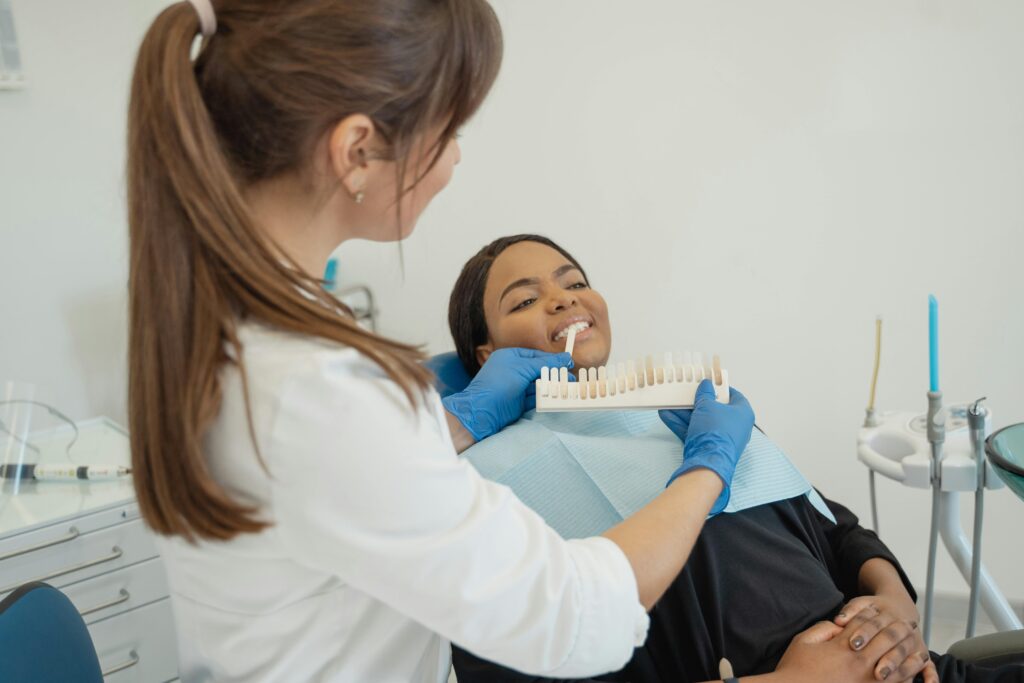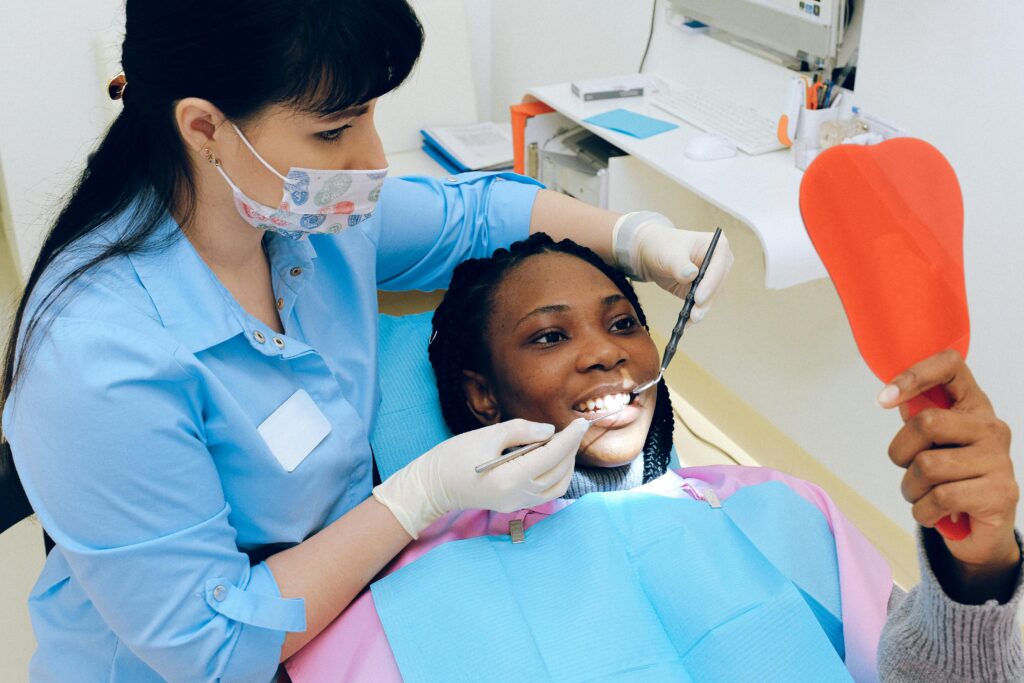Discover the pivotal role of university medical centers in healthcare. This comprehensive guide explores their history, services, research contributions, and community impact, highlighting the importance of quality healthcare, advanced technology, and medical education.
Introduction
University medical centers play a crucial role in the healthcare system, providing top-notch services and spearheading medical research. These centers are not just hospitals but are also vital institutions for medical education and innovation. Let’s dive into what makes university medical centers stand out and how they contribute to the overall healthcare landscape.
History of University Medical Centers
University medical centers have a rich history that dates back centuries. Initially established to train medical students, these centers have evolved into comprehensive healthcare institutions. Key milestones in their development include the integration of research facilities and the expansion of specialized care services.
Types of Services Offered
Primary Care
University medical centers offer robust primary care services, ensuring patients receive continuous and comprehensive care. This includes routine check-ups, vaccinations, and health screenings.
Specialized Care
Cardiology
Specialized care in cardiology includes advanced diagnostics, treatment for heart conditions, and post-surgery rehabilitation.
Oncology
Oncology departments provide cutting-edge cancer treatments, from chemotherapy to radiation therapy, supported by ongoing research.
Neurology
Neurology services cover a range of conditions affecting the brain and nervous system, offering both surgical and non-surgical treatments.
Emergency Services
Emergency departments at university medical centers are equipped to handle a wide array of urgent health issues, from trauma to acute illnesses, providing immediate and expert care.
Preventative Care
Preventative care focuses on early detection and prevention of diseases through regular screenings, vaccinations, and health education programs.
Educational Role of University Medical Centers
University medical centers are pivotal in educating future healthcare professionals. They offer comprehensive training programs for medical students, residency programs for graduates, and continuing education for practicing professionals.
Research Contributions
These centers are at the forefront of medical research, conducting groundbreaking studies and clinical trials. Their collaboration with other institutions ensures a continuous flow of knowledge and innovation in medical science.
Patient Care Approach
The patient care approach at university medical centers is holistic and patient-centered. They develop individualized treatment plans, leveraging the latest technology to ensure optimal outcomes for patients.
Facilities and Technology
University medical centers boast state-of-the-art facilities and advanced surgical techniques. Telemedicine services further enhance their ability to provide quality care, even to remote patients.
Community Outreach Programs
These centers are deeply involved in their communities, offering health education initiatives, free clinics, and screenings. They partner with local organizations to improve public health outcomes.
Challenges Faced by University Medical Centers
Despite their successes, university medical centers face challenges such as securing funding, balancing their educational and clinical roles, and adapting to ever-changing healthcare policies.
Success Stories and Testimonials
Success stories from patients highlight the life-changing care provided at these centers. Innovations in treatment and achievements in research further underscore their importance in the medical field.
Future of University Medical Centers
The future looks promising for university medical centers with emerging trends in medical education, advances in technology, and potential healthcare reforms aimed at improving their sustainability and accessibility.

Primary Care
Primary care at university medical centers forms the backbone of healthcare services, offering patients a consistent and comprehensive point of contact. This care encompasses routine check-ups, vaccinations, health screenings, and the management of chronic diseases. With an emphasis on preventative measures, primary care physicians at these centers work to catch potential health issues early, ensuring patients receive timely and appropriate interventions.
Specialized Care
University medical centers excel in providing specialized care across various medical disciplines, ensuring patients have access to the latest treatments and technologies.
Cardiology
The cardiology departments at university medical centers are equipped with advanced diagnostic tools and treatment options for heart conditions. From managing hypertension to performing complex heart surgeries, these centers offer comprehensive care for cardiovascular health. Their integration with ongoing research ensures that patients benefit from the latest advancements in cardiology.
Oncology
Oncology services at university medical centers include a wide range of treatments for different types of cancer. Patients receive personalized care plans that may include surgery, chemotherapy, radiation therapy, and immunotherapy. The involvement in cutting-edge research and clinical trials means that patients have access to innovative treatments that can significantly improve outcomes.
Neurology
Neurology departments focus on disorders of the brain and nervous system. They provide both surgical and non-surgical treatments for conditions such as epilepsy, Parkinson’s disease, multiple sclerosis, and stroke. The use of advanced imaging techniques and minimally invasive procedures helps in accurate diagnosis and effective treatment.
Emergency Services
Emergency services are a critical component of university medical centers. These departments are staffed with highly trained emergency medicine specialists who are prepared to handle a wide range of urgent health issues. From trauma and acute illnesses to psychiatric emergencies, patients receive immediate and expert care. The integration of advanced technology and quick access to specialists across various disciplines ensures comprehensive emergency care.
Preventative Care
Preventative care is a key focus at university medical centers, aiming to reduce the risk of diseases through early detection and health promotion. Regular screenings for conditions such as diabetes, hypertension, and various cancers are part of their services. Health education programs and vaccination clinics further support the community in maintaining optimal health.
Educational Role of University Medical Centers
One of the primary missions of university medical centers is to educate the next generation of healthcare professionals. These centers offer robust training programs for medical students, including hands-on clinical experience and exposure to a wide variety of medical conditions.
Training for Medical Students
Medical students at university medical centers benefit from a curriculum that combines theoretical knowledge with practical experience. They work alongside experienced physicians and participate in patient care, gaining invaluable insights into real-world medical practice.
Residency Programs
Residency programs at university medical centers provide graduates with intensive training in their chosen specialties. These programs are designed to develop the skills and knowledge necessary to become proficient in a specific area of medicine. Residents work closely with attending physicians and are involved in all aspects of patient care.
Continuing Education for Professionals
Continuing education is crucial for practicing healthcare professionals to stay updated with the latest medical advancements. University medical centers offer various programs and workshops to ensure that their staff remains at the cutting edge of medical knowledge and techniques.

Research Contributions
Research is a cornerstone of university medical centers, driving advancements in medical science and improving patient care.
Groundbreaking Studies
University medical centers are often at the forefront of groundbreaking research studies that lead to new treatments and understanding of diseases. These studies can range from basic science research to large-scale clinical trials.
Clinical Trials
Clinical trials conducted at university medical centers offer patients access to new and experimental treatments. These trials are essential for testing the safety and efficacy of new therapies and can provide hope for patients with conditions that are difficult to treat.
Collaboration with Other Institutions
Collaboration with other research institutions, both nationally and internationally, enhances the research capabilities of university medical centers. These partnerships facilitate the sharing of knowledge and resources, accelerating the pace of medical advancements.
Patient Care Approach
The patient care approach at university medical centers is designed to be comprehensive and personalized.
Holistic Treatment Plans
Holistic treatment plans consider the physical, emotional, and social aspects of a patient’s health. By addressing all facets of well-being, these plans aim to improve overall health outcomes and patient satisfaction.
Patient-Centered Care
Patient-centered care ensures that patients are active participants in their own healthcare. This approach involves clear communication, respect for patient preferences, and the involvement of patients in decision-making processes.
Use of Technology in Treatment
The use of advanced technology, such as electronic health records, telemedicine, and state-of-the-art diagnostic tools, enhances the quality of care provided at university medical centers. These technologies streamline processes, improve accuracy, and facilitate better patient outcomes.
Facilities and Technology
University medical centers are equipped with cutting-edge facilities and technology that support both patient care and research.
State-of-the-Art Equipment
From advanced imaging machines to robotic surgical systems, university medical centers utilize the latest medical equipment to diagnose and treat patients effectively.
Advanced Surgical Techniques
Surgeons at university medical centers employ advanced techniques, including minimally invasive and robotic surgeries, which offer patients faster recovery times and reduced risk of complications.
Telemedicine Services
Telemedicine services have become increasingly important, allowing patients to consult with healthcare providers remotely. This technology enhances access to care, especially for patients in remote or underserved areas.
Community Outreach Programs
University medical centers are deeply committed to serving their communities through various outreach programs.
Health Education Initiatives
Health education initiatives aim to inform the public about important health topics, from disease prevention to healthy lifestyle choices. These programs often include workshops, seminars, and informational materials.
Free Clinics and Screenings
Free clinics and health screenings provide essential services to underserved populations, offering access to medical care and early detection of health issues.
Partnerships with Local Organizations
Partnerships with local organizations help university medical centers extend their reach and impact within the community. These collaborations can include joint health initiatives, community events, and support programs.
Challenges Faced by University Medical Centers
Despite their significant contributions to healthcare, university medical centers face several challenges.
Funding and Financial Sustainability
Securing adequate funding is a constant challenge, as these centers rely on a mix of public and private sources. Financial sustainability is crucial for maintaining their high standards of care and continuing their research and educational missions.

Balancing Education, Research, and Patient Care
University medical centers must balance their roles in education, research, and patient care. This balancing act can be complex, requiring careful management of resources and priorities.
Adapting to Healthcare Policy Changes
Healthcare policy changes can have significant impacts on university medical centers. Staying adaptable and compliant with new regulations is essential for their continued operation and success.
Success Stories and Testimonials
Success stories and testimonials from patients and staff highlight the positive impact of university medical centers.
Patient Recovery Stories
Many patients have experienced life-changing recoveries thanks to the expert care provided at these centers. Their stories serve as a testament to the high-quality care available at university medical centers.
Innovations in Treatment
Innovations in treatment, often resulting from research conducted at these centers, have led to significant advancements in patient care and outcomes.
Achievements in Medical Research
University medical centers have made numerous contributions to medical research, leading to new treatments, improved diagnostics, and a better understanding of various diseases.
Future of University Medical Centers
Looking ahead, university medical centers are poised to continue their leadership in healthcare.
Emerging Trends in Medical Education
New trends in medical education, such as the integration of artificial intelligence and virtual reality, are shaping the future training of healthcare professionals.
Advances in Medical Technology
Ongoing advances in medical technology will further enhance the capabilities of university medical centers, improving patient care and expanding the possibilities for treatment.
Potential Healthcare Reforms
Potential healthcare reforms may impact the operation and funding of university medical centers. Staying informed and adaptable will be key to navigating these changes.
Conclusion
University medical centers are indispensable pillars of the healthcare system. Their dedication to providing high-quality patient care, advancing medical research, and educating future healthcare professionals ensures their continued importance in the medical field.
